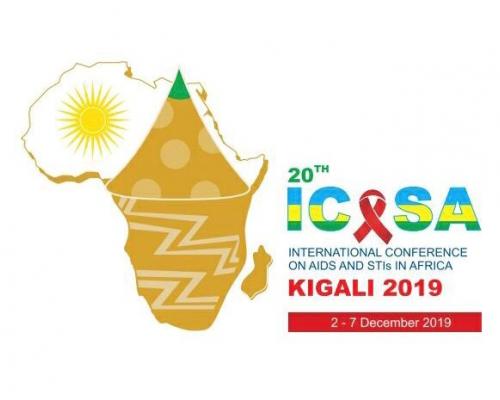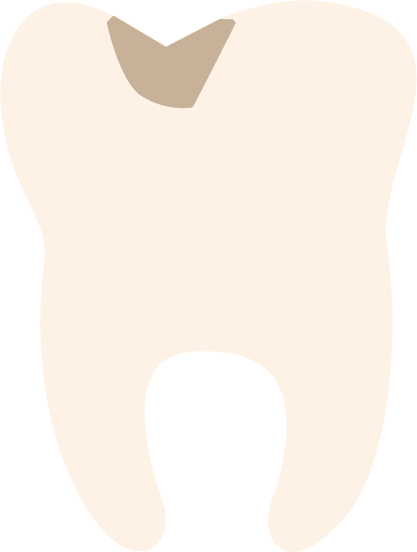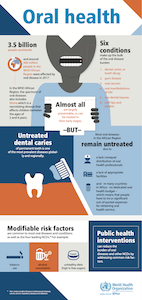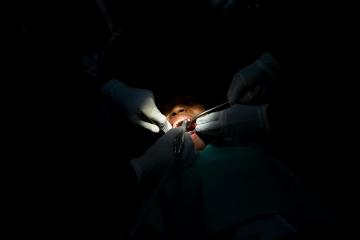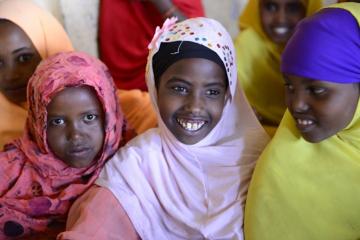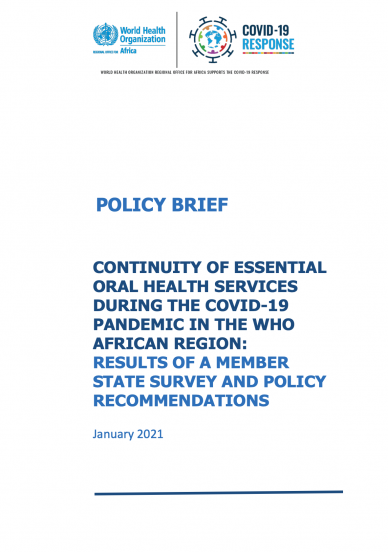Key fact
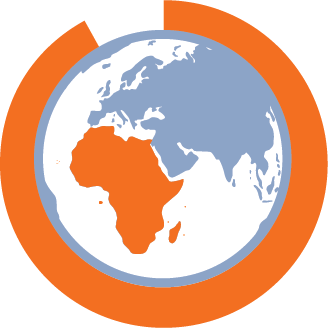
About 3.5 billion people worldwide
and around 400 million people in the WHO African Region were affected by oral disease in 2017.
Oral diseases
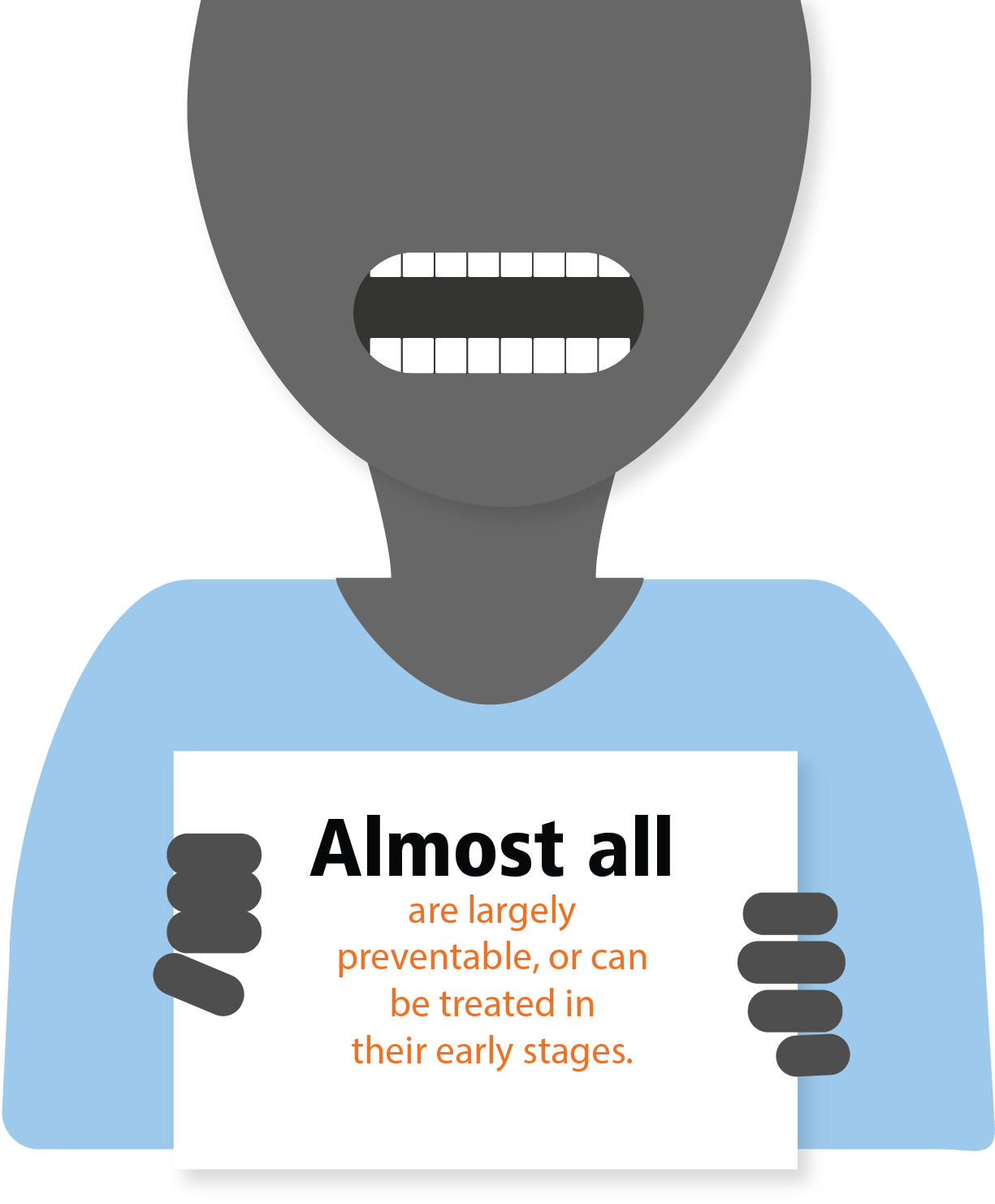
There are six conditions that make up the bulk of the oral disease burden. These are dental caries, or tooth decay; gum disease; oral cancers; oral manifestations of HIV infection; oro-dental/facial trauma; cleft lip and palate. Specifically in the African Region, the spectrum of oral diseases also includes noma, which is a necrotizing disease that affects children between the ages of 2 and 6 years. Almost all of these conditions are largely preventable, or can be treated in their early stages.
Untreated dental caries/tooth decay of permanent teeth is one of the most prevalent diseases globally, and approximately 30% of the population was estimated to be suffering from decay of their permanent teeth in the WHO African Region in 2017.
Dental caries/tooth decay occur when microbial biofilm (plaque) formed on the tooth surface converts the free sugars contained in food and drinks into acids that dissolve tooth enamel and dentine over time. With continued high intake of free sugars, inadequate exposure to fluoride and without regular microbial biofilm removable, tooth structures are destroyed, resulting in development of cavities and pain, impacts on oral-health-related quality of life, and, in the advanced stage, tooth loss and systemic infection.
Periodontal (gum) disease manifests as swollen, painful or bleeding gums and bad breath. Like dental caries/tooth decay, it is caused by poor oral hygiene, but can also be caused by smoking. In severe cases, the teeth can be detached from the gum and supporting bone and become loose. It was estimated that approximately 12–14% of 35–44-year-olds and 22% of 60–69-year-old adults in the WHO African Region suffered from severe periodontal (gum) disease that can cause tooth loss in 2017.
Oral cancer includes cancers of the lip and all subsites of the oral cavity, and oropharynx. They often appear initially as a persistent ulceration, and can cause pain, swelling of the soft tissue in the mouth and throat, bleeding, or difficulty in eating or speaking. The age-adjusted incidence of oral cancer (cancers of the lip and oral cavity) in the world was estimated at 4 cases per 100 000 people in 2018. However, there is wide variation across the globe: from no recorded cases to around 20 cases per 100 000 people. Oral cancer is more common in men, in older people, and varies strongly according to socioeconomic condition. It is reported that oral cancer is increasing in eastern and southern Africa. This is the result of increasing tobacco use, increased alcohol consumption, and traditional practices like chewing khat and tobacco, which are carcinogenic. If detected early, oral cancers can be treated more easily.
Lesions in the mouth are common among people with HIV. Oral manifestations occur in 30–80% of people with HIV, with considerable variations depending on factors such as affordability of standard antiretroviral therapy (ART).
Oral manifestations include fungal, bacterial or viral infections of which oral candidiasis is the most common and often the first symptom early in the course of the disease. Oral HIV lesions cause pain, discomfort, dry mouth, eating restrictions and are a constant source of opportunistic infection.
Early detection of HIV-related oral lesions can be used to diagnose HIV infection, monitor the disease’s progression, predict immune status and result in timely therapeutic intervention. The treatment and management of oral HIV lesions can considerably improve oral health, quality of life and well-being.
Oro-dental/facial trauma is among the most frequent reasons for which people seek primary care. Trauma to the face and teeth can result from a wide range of causes, including interpersonal violence, conflict, road traffic injuries, or accidents in the home, school or workplace. Common conditions include chipped, broken or lost teeth, dislocated jaws, and fracturing of facial bones and jawbones. Oro-dental/facial trauma is particularly common in Africa, and while all age groups are affected, it is especially common in children. It is estimated that as many as one in five children in Africa has suffered from a form of oro-dental/facial trauma.
Clefts of the lip and palate are heterogeneous disorders that affect the lips and oral cavity and occur either alone (70%) or as part of a syndrome, affecting more than 1 in 1000 newborns worldwide. Although genetic predisposition is an important factor for congenital anomalies, other modifiable risk factors such as poor maternal nutrition, tobacco consumption, alcohol and obesity during pregnancy also play a role. In low-income settings, there is a high mortality rate in the neonatal period. If lip and palate clefts are properly treated by surgery, complete rehabilitation is possible.
Noma is a necrotizing disease that affects children between the ages of 2 and 6 years suffering from malnutrition, affected by infectious disease, living in extreme poverty and with weakened immune systems. Noma is mostly prevalent in sub-Saharan Africa. Noma starts as a soft tissue lesion (a sore) of the gums, inside the mouth. The initial gum lesion then develops into an ulcerative, necrotizing gingivitis that progresses rapidly, destroying the soft tissues and further progressing to involve the hard tissues and skin of the face.
In 1998, WHO estimated that there were 140 000 new cases of noma annually. A 2007 WHO survey revealed that 39 countries in the WHO African Region had reported cases of noma, although Burkina Faso, Ethiopia, Mali, Niger, Nigeria and Senegal are the countries with the highest burden of the disease. Without treatment, noma is fatal in 90% of cases. Where noma is detected at an early stage, its progression can be rapidly halted, through basic hygiene, antibiotics and nutritional rehabilitation. Such early detection helps to prevent suffering, disability and death. However, the great majority of affected communities in Africa are situated in periurban and rural areas where traditional beliefs and stigma are prevalent, and early detection, diagnosis and access to care are difficult. Survivors suffer from severe facial disfigurement, have difficulty speaking and eating, face social stigma, and require complex surgery and rehabilitation.
